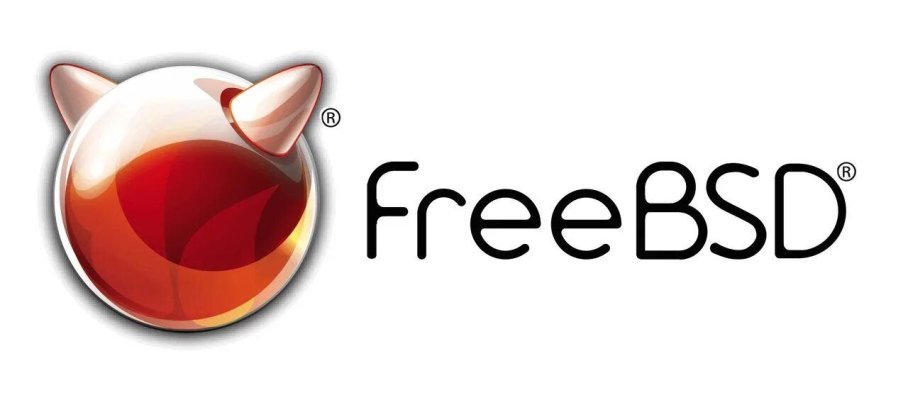-
United Kingdom+44 (20) 4577-20-00
-
USA+1 (929) 431-18-18
-
Israel+972 (55) 507-70-81
-
Brazil+55 (61) 3772-18-88
-
Canada+1 (416) 850-13-33
-
Czech Republic+420 (736) 353-668
-
Estonia+372 (53) 683-380
-
Greece+30 (800) 000-02-04
-
Ireland+353 (1) 699-43-88
-
Iceland+354 (53) 952-99
-
Lithuania+370 (700) 660-08
-
Netherlands+31 (970) 1027-77-87
-
Portugal+351 (800) 180-09-04
-
Romania+40 (376) 300-641
-
Sweden+46 (79) 008-11-99
-
Slovakia+421 (2) 333-004-23
-
Switzerland+41 (22) 508-77-76
-
Moldova+373 (699) 33-1-22
 English
English
The History of BSD and FreeBSD: From Berkeley Unix to a Popular Server Platform
- Main
- Knowledge base
- The History of BSD and FreeBSD: From Berkeley Unix to a Popular Server Platform
The BSD operating system dates back to 1974, when a research group at the University of California at Berkeley was granted the right to use the Unix source code by AT&T. With the support of DARPA, the scientists were able to significantly improve Unix and create a new version called Berkeley Software Distribution (BSD). This operating system incorporated advanced technologies of the time, such as the TCP/IP protocol, the Berkeley Fast File system, and the virtual memory mechanism.
The BSD project was officially launched in 1976 under the leadership of Bill Joy. The first public version of BSD, called Net-1, was released in 1989, followed by Net-2 in 1991. In 1993 the project was renamed FreeBSD, and in the fall of that year the first version under that name was released.
Important milestones in the development of FreeBSD
With each new version, FreeBSD expanded its capabilities and became more and more functional for server use:
- The first version, designed as a complete server platform, included a set of ported programs.
- Released in 1994, this version no longer contained AT&T code and received several key enhancements, including an updated BSD-Lite 4.4 code base, support for various file systems (MS-DOS, unionfs, kernfs), and improvements for multi-threading and multiprocessing.
- Introduced in 1998, the third version supported SMP, USB and provided support for gigabit network adapters
- In 2000, a version was released that gained popularity among Internet and hosting providers due to its reliability and high performance. It remained valid until 2007.
- In 2009, a version with container support (vimage) for virtualization, advanced networking and USB 3.0 support was released.
- In 2021, the system was upgraded with a move to the OpenZFS file system and improved unification across platforms to improve performance.
FreeBSD development model
The FreeBSD project is developed through the efforts of a community consisting of two main groups: committers and contributors. Contributors make suggestions for improvements to the system, which are then vetted and approved by committers, the most active members of the core team. Development is divided into two branches: FreeBSD-CURT (experimental) and FreeBSD-STABLE (stable). After testing in CURT, changes are moved to STABLE, ensuring the reliability and stability of the final releases.
Advantages and Limitations of FreeBSD for VPS
FreeBSD is considered a powerful platform for VPS that will be of particular interest to those who value stable and secure operation with optimal resource utilization. The main advantages of FreeBSD include:
- Efficient resource management: the OS allows for the most efficient allocation of server resources.
- High compatibility: FreeBSD supports a wide range of hardware and programs.
- Strong security: The kernel of the system is carefully protected from threats
- Flexible customization: FreeBSD can be adapted to meet specific user needs.
Disadvantages include its difficulty for beginners, the need for good command line skills, and potential compatibility problems with some drivers.
Conclusion
FreeBSD remains one of the best operating systems for server use due to its flexibility, security, and high reliability. Constant updates and active development make it an excellent choice for building high-performance and secure server solutions.
Apply the discount by inserting the promo code in the special field at checkout:







































